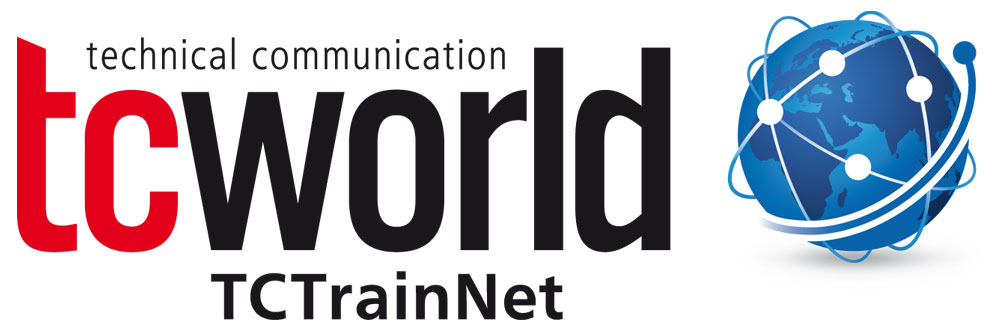Negative effects can be, for example:
• Readers do not understand the technical documentation correctly or at all
• Translation of the text is more difficult and costly
• Translation tools do not work efficiently
• The external presentation of the product and the firm suffer
• Legal consequences may result
What exactly is terminology?
According to Odgen/Richards, a term, its description and a reference object stand in a semiotic triangle in relation to one another. The term can also be understood as a unit of thought, an idea, an issue or a narrative context. According to DIN 2342:2011-08, “Vocabulary of terminology” is differentiated in both term and designation, where designation is the description of the term in technical language. The classification of the world in terms is undertaken by language and sociocultural circumstances and is thus culture-dependent. As a result, terminology must be localized for different cultural groups and thereby languages.
Designations are classified as multiple-word or one-word and here, in turn, as word stems, compounds and derivatives. In technical documentation, compounds, often formed with anglicisms, frequently result in discussions on their correct spelling. In a terminology, synonyms and homonyms appropriate and suitable for the target group are set for each designation. Terminology is used in the editing process, thus increasing the quality of the text. Larger companies even have their own terminology professionals.
A classic example of a terminology is a glossary in a manual prepared for an issue or a product.
More detailed information can be found in the above-mentioned DIN standard as well as in ISO 1087:2018-2 “Terminology Work – Terms”.



